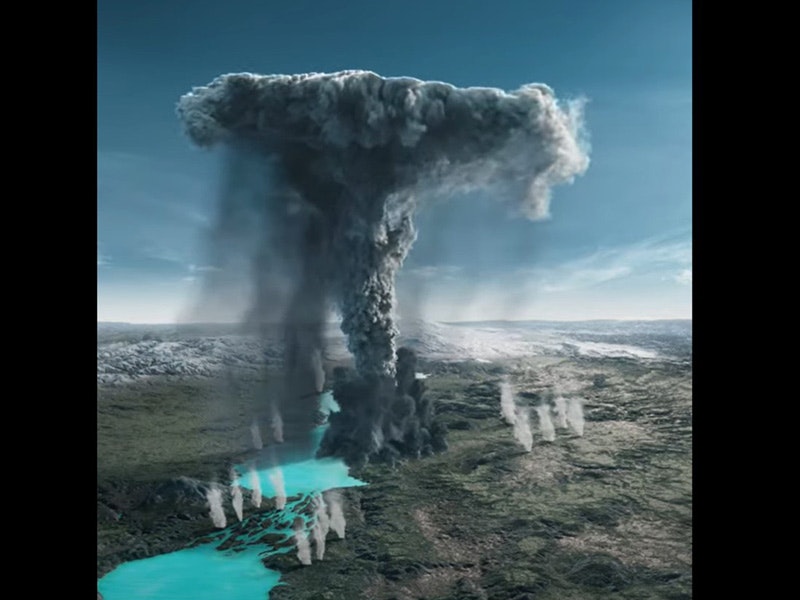
Taupō supervolcano and caldera
Our biggest volcano isn’t a cone. It’s Lake Taupō, formed about 25,500 years ago in the massive Ōruanui eruption.
Free museum entry for New Zealanders and people living in New Zealand
Open every day 10am-6pm
(except Christmas Day)
Free museum entry for New Zealanders and people living in New Zealand
Restless whenua, strong people. Rūaumoko, atua of earthquakes and volcanoes, lays his challenge – his restless rumblings present us with taongaas well as hazards. A country where colliding and subducting plates cause quakes, volcanoes, tsunami, and landslides.
We live here and through mātauranga, ingenuity, and manaakitanga, we create resilient buildings that bend with quakes, speedy large-scale responses, and community action.
The resources below are in addition to the forthcoming touring exhibition Rūaumoko: Restless land.

Our biggest volcano isn’t a cone. It’s Lake Taupō, formed about 25,500 years ago in the massive Ōruanui eruption.
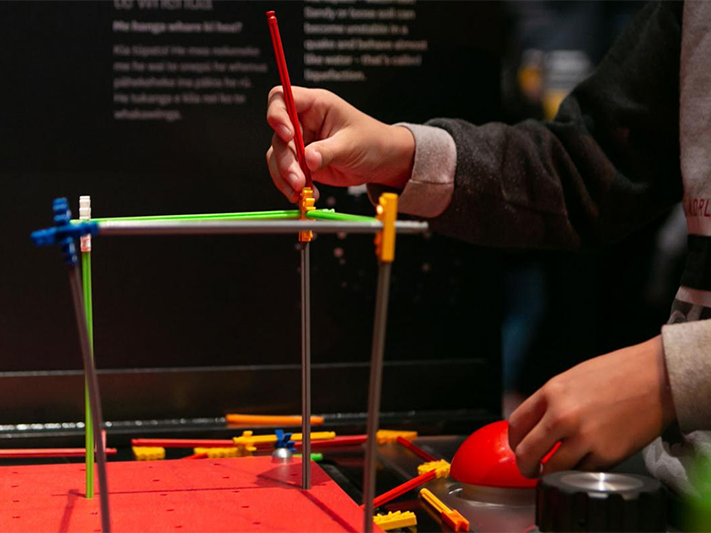
Enter the realm of Rūaumoko, god of volcanoes and earthquakes, and explore the geological forces that shape our shaky land and experience what an earthquake feels like in our quake house in Te Taiao | Nature.
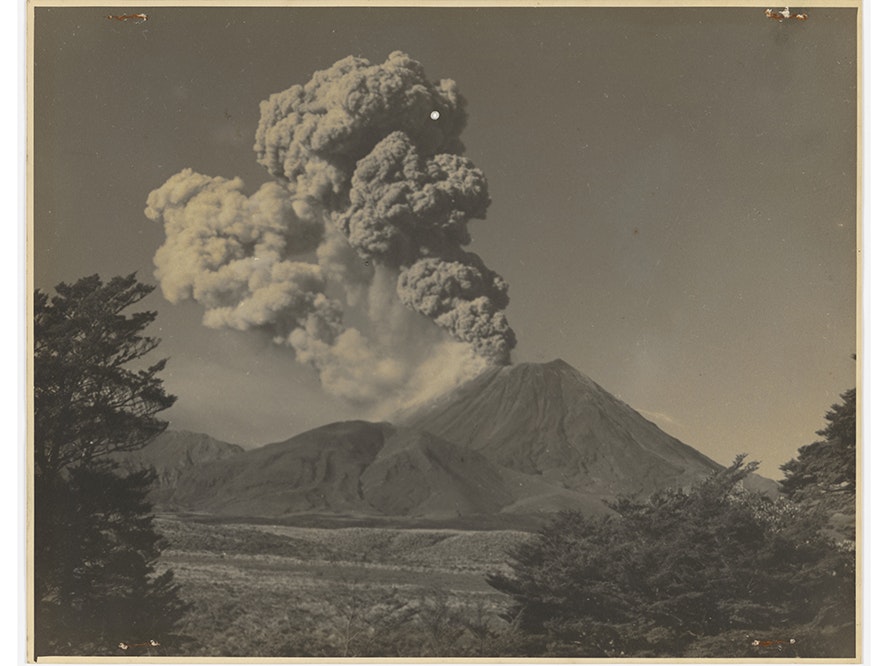
Life can be hazardous in Aotearoa New Zealand, and we have earthquakes, volcanoes, and thermal activity to prove it. Read about some of the natural hazards of living in a land that straddles the boundary between two of the Earth’s great slabs of crust – the Australian and Pacific tectonic plates.
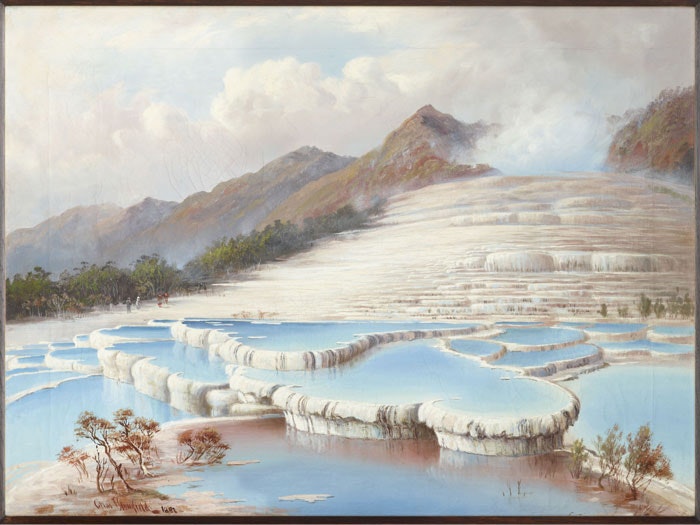
Scientist and aspiring field art historian George Hook shares his story on how he applied new methodology to help pin down the location of the iconic Pink and White Terraces, lost to the world with the Mt Tarawera eruption of 1886.
![Theo Schoon, Untitled [Mud pool – single bubbles], about 1966. Purchased 2001 with New Zealand Lottery Grants Board funds. Te Papa (CA000812/001/0021/0001) A photo of a single bubbling mud pool.](/assets/76067/1716424019-ma_i358889_tepapa_untitled-mudpool-single_preview.jpeg?ar=1.3333333333&fit=crop&auto=format)
2018 saw the end of a four-year project to digitise nearly 1,500 Theo Schoon photographs of bubbling mud and thermal landscapes. Lucy Jackson and Archivist Jennifer Twist share some details of this monumental project and how they found a fondness for mud.

Around 20,000 shakes are measured every year in Aotearoa New Zealand – about 55 a day – our whenua (land) never stops shaking. Plates collide. Pressure builds. The land ruptures. How do we cope with living on such shaky ground?
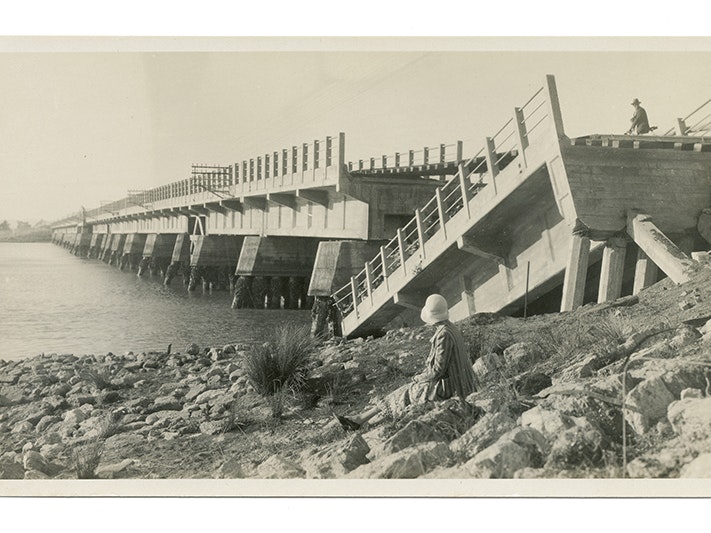
In 2013, while there was a lot of earthquake activity in central Aotearoa New Zealand, we took the opportunity to put your questions about what's going on under our feet to our then-resident Subject Expert – Earth Science, Hamish Campbell from GNS Science.
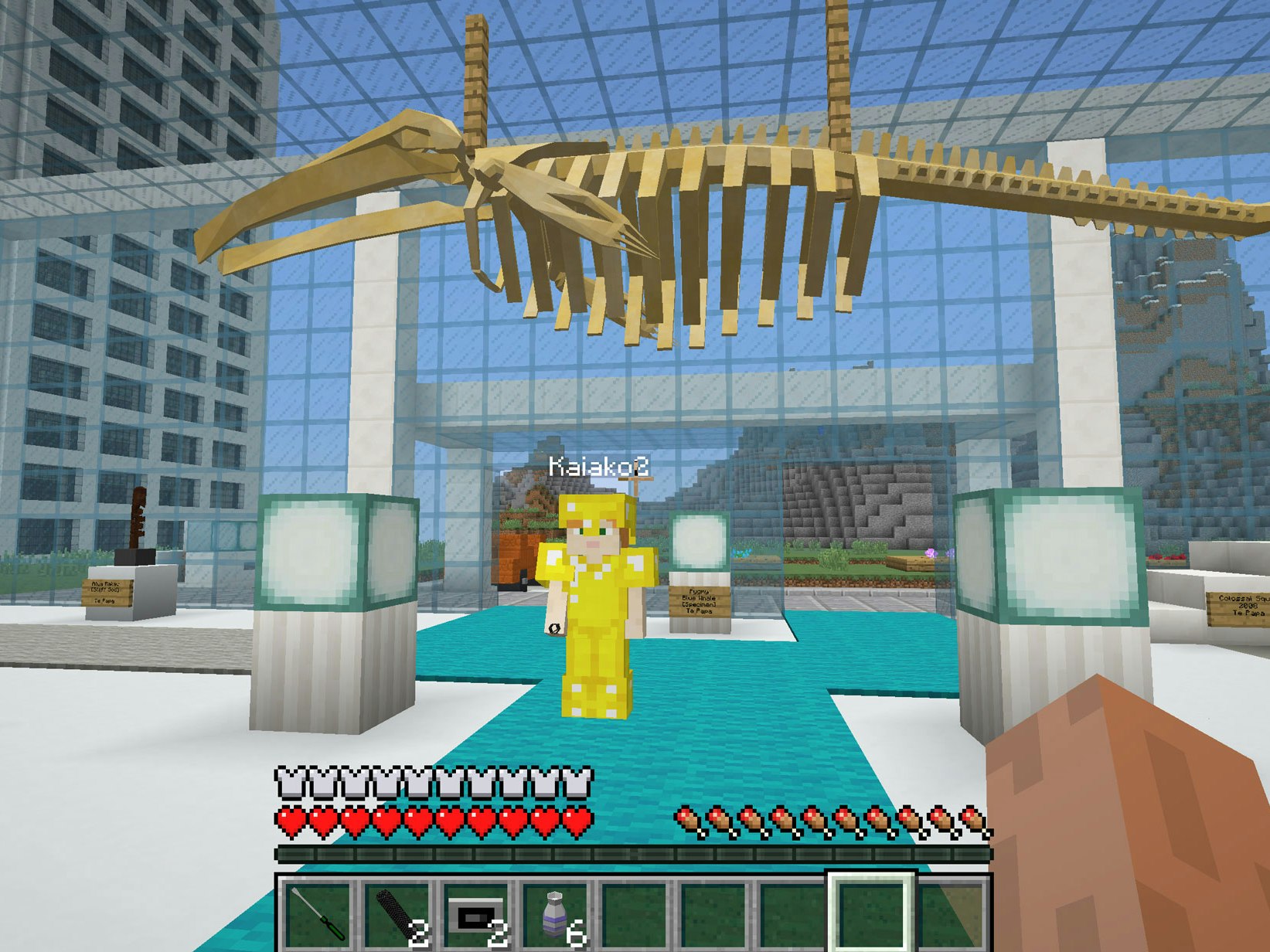
ShakerMod – play an educational Minecraft mod which simulates earthquakes and creates an experiential and playful approach to understanding how to protect our homes against them – Fix. Fasten. Don’t Forget!

How did Te Papa survive the Kaikoura earthquake nearly unscathed?
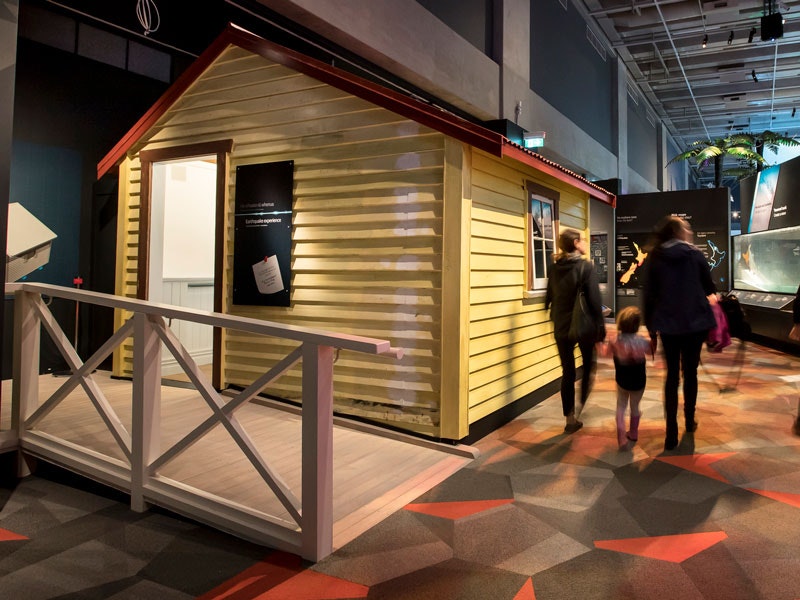
Primary, Secondary
Delve into the inner workings of our amazing planet – from the inner core to earthquakes and volcanoes at the surface.
Education visit
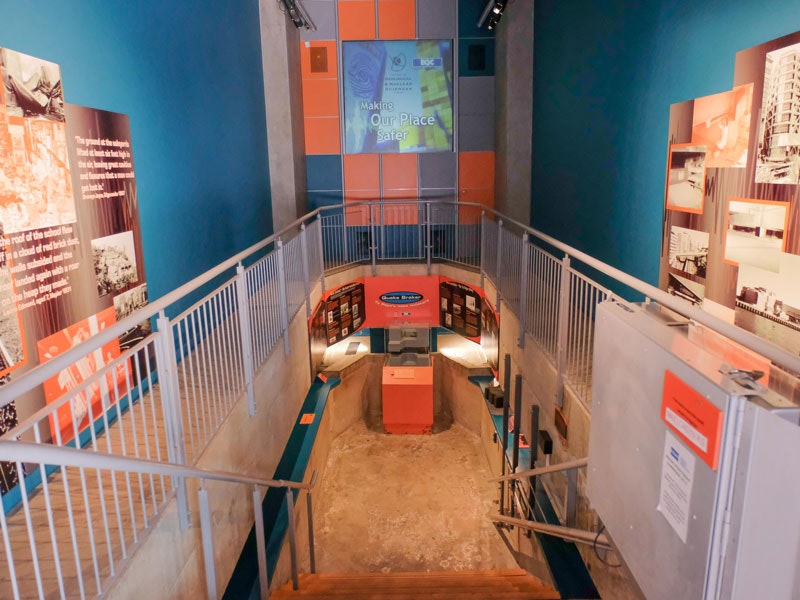
Go underground to see the amazing Kiwi innovation that ‘puts the brakes on’ in an earthquake.
On now
Permanent exhibition
Exhibition Ngā whakaaturanga
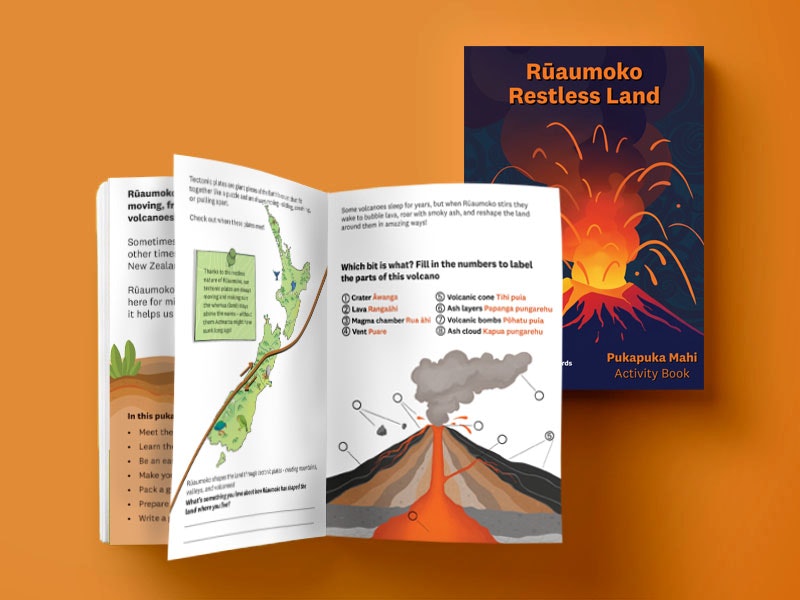
Primary
Learn about the atua (deity) Rūaumoko and how he affects our lives here in Aotearoa New Zealand, through simple activities. Download a free activity book for kids – focused on preparing for emergencies, word searches, a crossword, colouring pages, creating a poem, and matching up parts of a volcano.
Activity book
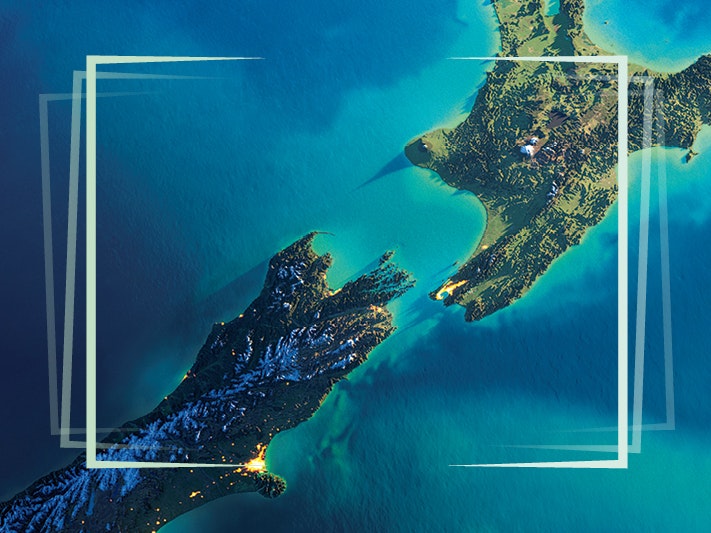
The Active Land talk series hosted at Te Papa highlights the diverse range of cutting-edge research into natural hazards happening in Wellington. In partnership with the Natural Hazard Commission (NHC) Toka Tū Ake.
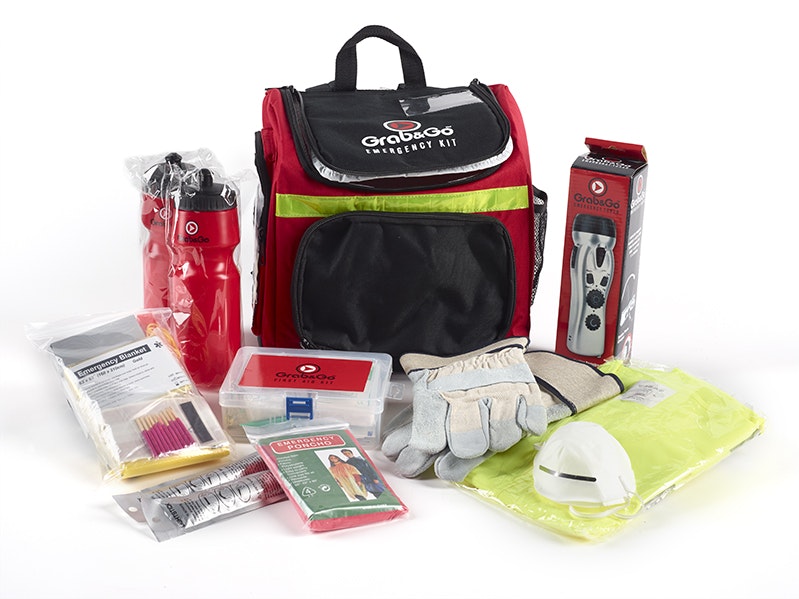
Explore resources for earthquake preparedness, what to do during and after an earthquake, and how and why earthquakes and other disasters happen in Aotearoa New Zealand.
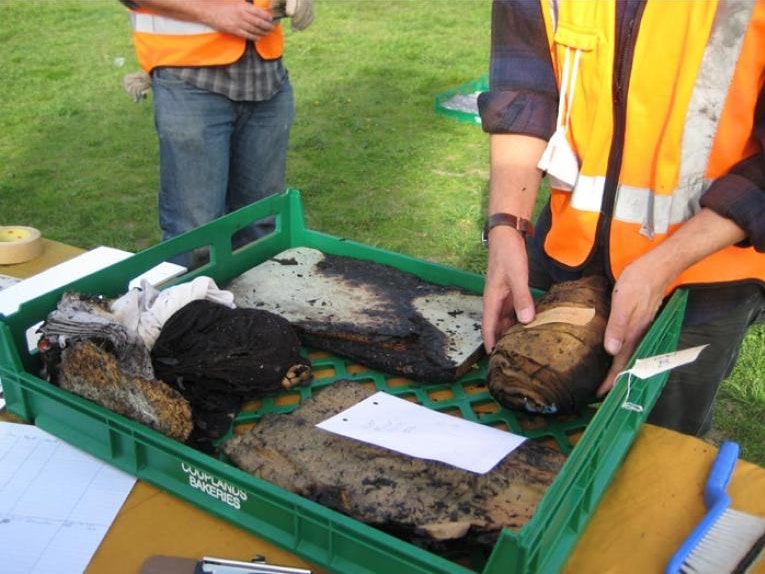
In the event of an earthquake, a fire, or a flood, your museum or gallery staff need to know how to keep themselves and visitors safe and protect and recover collections.

Primary, Secondary
Mā te tūkanga o te whakaaro hoahoa a Stanford, ka taea ngā ākonga kia hanga putanga hei āwhina i ngā uauatanga mō te hāpori kua pā atu ki a rātou i muri tata mai i te rū whenua – ā-tāngata nei, ā-hanganga nei.
Education resource
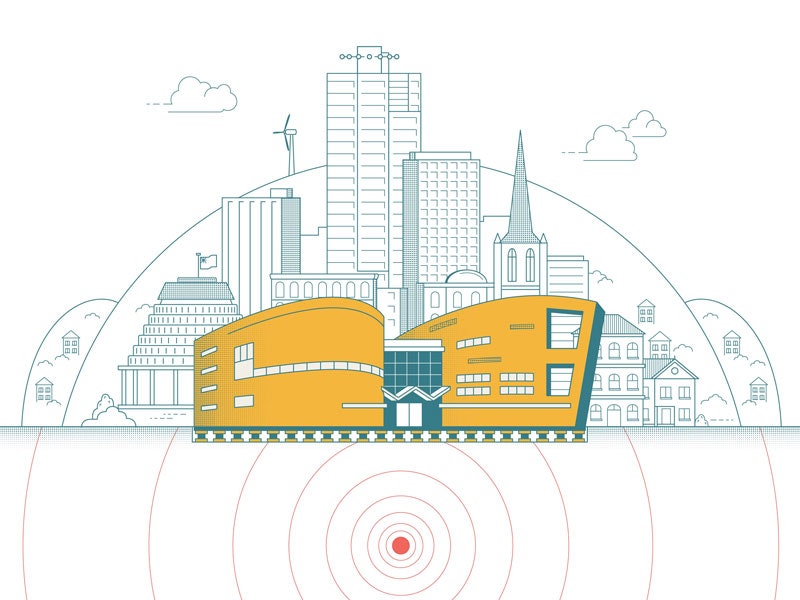
Primary, Secondary
Using the Stanford design process, teach students to create resilient communities that can deal with the effects of earthquakes when they happen – both social and structural.
Education resource
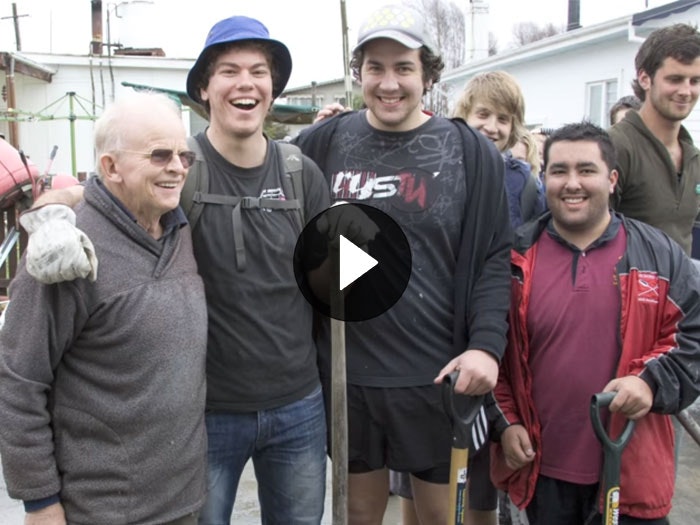
Watch a series of interviews about creative and community responses to the 2010 and 2011 earthquakes in Canterbury, New Zealand.
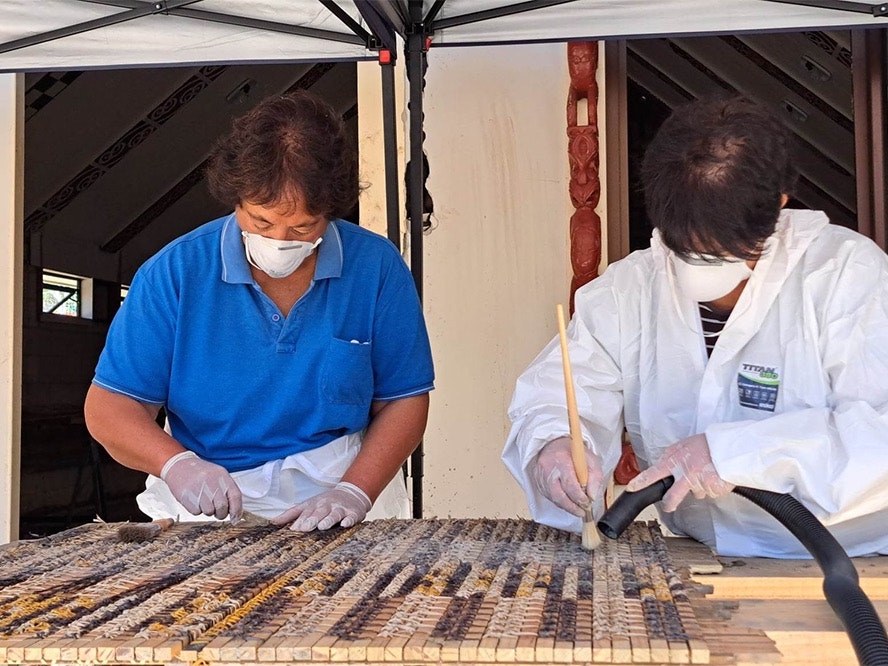
Cyclone Gabrielle in 2023 brought heavy rainfall, strong winds, and storm surges, causing widespread flooding, landslides, and power outages in Taitokerau, Tairāwhiti, and Te Ika-a-Māui. Local iwi and hapū suffered much damage – some irrevocable – causing long-term impacts on the communities. Head of Mātauranga Māori Migoto Eria and Curator Mātauranga Māori Amber Aranui went to help out at four marae in Ngāti Kahungunu.
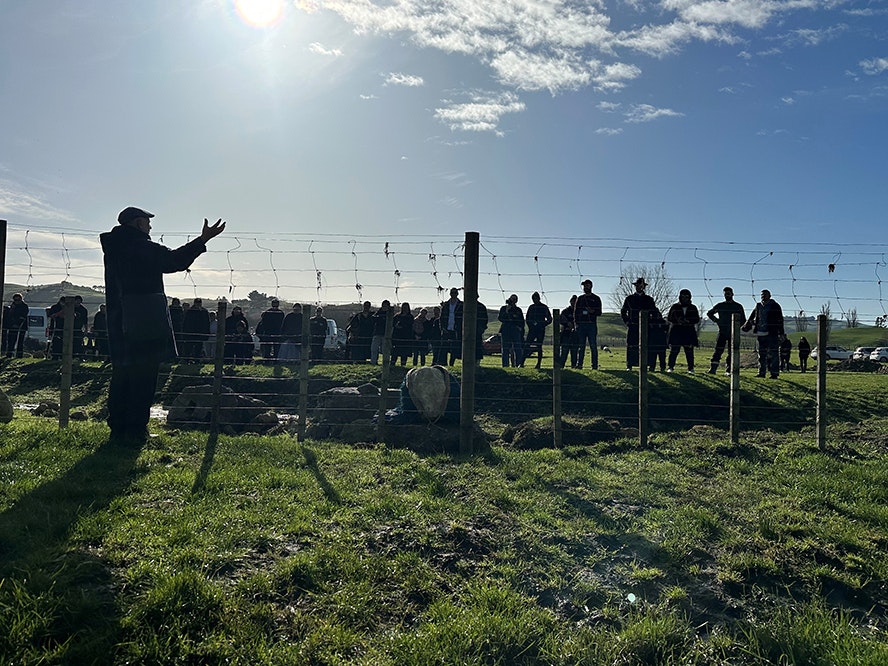
One year on from Cyclone Gabrielle’s devastation over parts of the North Island, Mātauranga Māori Curator Amber Aranui thought it poignant to reflect on the year, what has taken place and where communities are now, and how Te Papa continues to support them. Here she focuses on her own experiences with the hapori she is connected to, Omāhu in Hawke’s Bay.
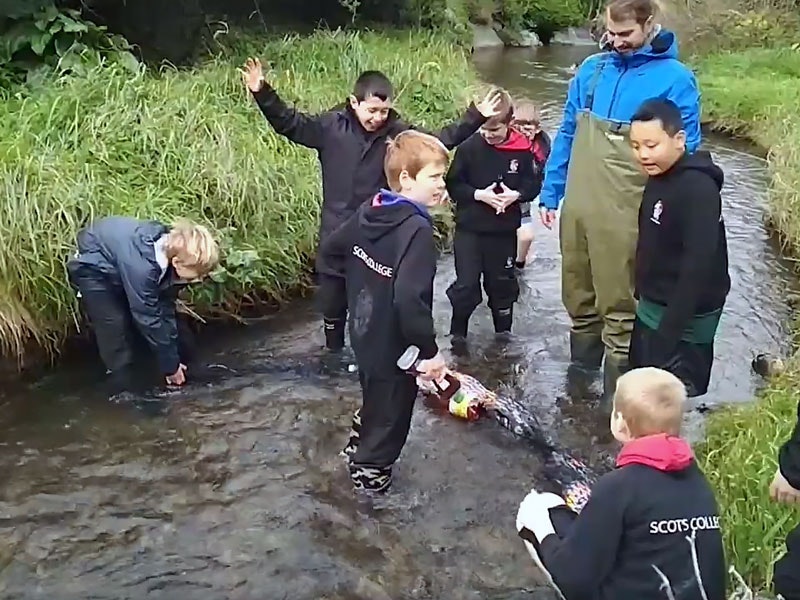
River cleaners, tree planters, possum trappers, and climate crusaders. Explore stories from around Aotearoa New Zealand of communities taking care of their natural environment.
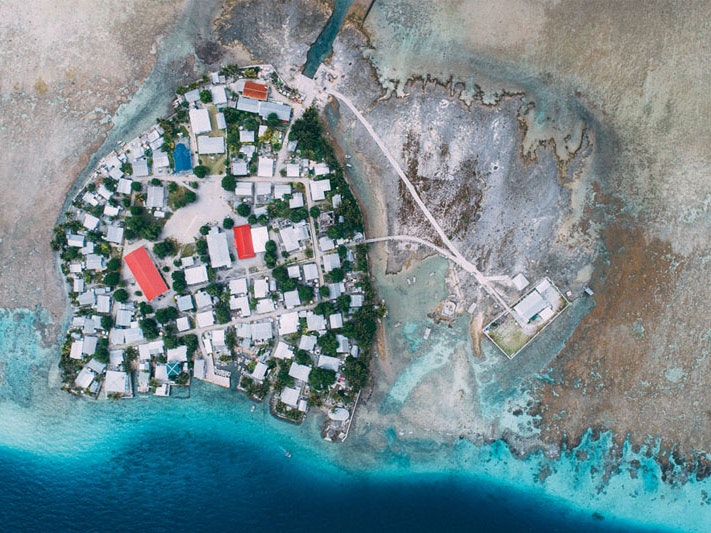
Pacific curator Rachel Yates introduces a co-collecting project that took Te Papa to Tokelau’s three low-lying coral atolls in the South Pacific to document the effects of climate change.
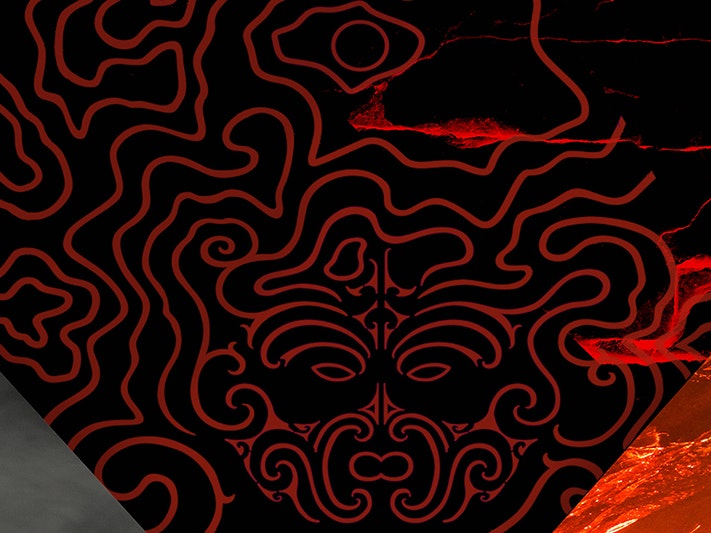
Te Papa and the Natural Hazards Commission Toka Tū Ake are taking Rūaumoko: Restless land around Aotearoa New Zealand to promote natural hazard awareness and preparedness.
TOURING EXHIBITION
Currently touring Aotearoa New Zealand
Exhibition Ngā whakaaturanga